Learn How You Can Use Outdoor LED Lighting To Save Money
LED is short for a light-emitting diode. It’s among the more energy-efficient options you have for modern lighting. The efficiency of them makes them quite appealing to many homeowners, and things continue to improve as the technology matures. LED lights aren’t some fad that’s overhyped or going to disappear from the market in the near future, so a lot of homeowners are now confident that they can maintain and even replace LED systems when need be in the future.
How Do LED Lights Differ From Other Lights?
Per the United States Department of Energy, there are a number of distinct features of LED lights that make them quite different from incandescent lights and even other options that are newer, such as CFLs, or compact fluorescent bulbs. To start with, every light-emitting diode is really minuscule in size, like the size of an actual grain of ground pepper. Diodes of various hues combine together in a single light to create the color of white. Altering this mixture of colors allows LED lights to have different tints.
Secondly, it’s quite easy to control the light direction using LED systems. That minimizes your need for shades or reflectors, which sometimes prove to be fire hazards or get too hot if they’re paired with conventional incandescent bulbs. If you have installations such as recessed lighting, LEDs prove to be an ideal choice. If an incandescent bulb is used in such a lighting system, then a fraction of its light gets lost from being reflected into a particular direction, which increases how much energy is necessary for the lighting of that space.
LEDs also get noticeably cooler as compared to CFLs or incandescents. That coolness means they’re safer for you to handle, and it’s also symptomatic of their energy efficiency. On the flip side, incandescent bulbs release nearly 90 percent of their energy simply as heat, and it’s still 80 percent for CFLs.
Also, an LED bulb’s lifespan is about 50,000 hours. In contrast, incandescent lights only last around 1,200 hours. This shorter lifespan drives up the cost in the long run since incandescent bulbs have to be replaced far more frequently.
Landscape Lighting Demands Robust Fixture Quality
LEDs often prove ideal for exterior lighting due to their lack of heat, low maintenance, efficiency, and long-running cost-effectiveness. So, what do homeowners need to look out for if they plan to make the switch to this kind of lighting for their entertainment areas, walkways, yards, and porches or decks? The need to make sure that they don’t just settle for the cheapest possible fixture choices. LED bulbs can last a very long time, but an outdoor fixture has to be constructed to be sturdy and durable so it can withstand the elements.
Want a hint of the expected hardiness? Check out the warranty length. Stainless steel, aluminum, and brass fixtures are usually higher in price than plastic choices, but they’re also in better shape to put up with what mother nature is going to throw at them. If you need outdoor landscape lighting in Houston, make sure to consider, the best outdoor lighting company in Houston.
Comparing LEDs To Compact Fluorescent Lights
CFL bulbs certainly prove to be a rational upgrade above incandescent bulbs when talking about efficiency. Since fluorescent lights typically fit into conventional incandescent fixtures, they’re not that much of an initial investment. They certainly offer you savings on your utilities, but CFLs do have a big downside, and that is mercury. When a fluorescent bulb breaks, it’s often troublesome to clean things up given the gases, but this isn’t an issue with LEDs, so they might make a safer choice if you’re renting any temporary fabric structures.
One final thing to take into consideration is a light’s expected look. LED options can honestly prove disappointing here. Incandescent bulbs often have a rather warm look. Homeowners might expect to get that same attractive glow from even other types of lights. On the other hand, the light from LEDs might seem harsher. They can also emit blue-hued rays which aren’t always expected by people new to this kind of lighting. Fortunately, those that develop LED technology are working on mixing different combinations of the various diodes so that they might mimic incandescents so they offer more various looks.
Get The Right Look By Using Color Temperature
Buyers need to know that new LED lights mean comparing many different options. Your local home improvement store might even have a display at the end of an aisle that demonstrates the different possibilities. At a minimum, the box of each bulb should offer a color description covering the light style emitted by the bulb. Color temperature helps predict just what bulbs are going to look like if they’re turned on.
Call us now or contact us today for more information on starting or finishing a new or existing outdoor lighting project!
